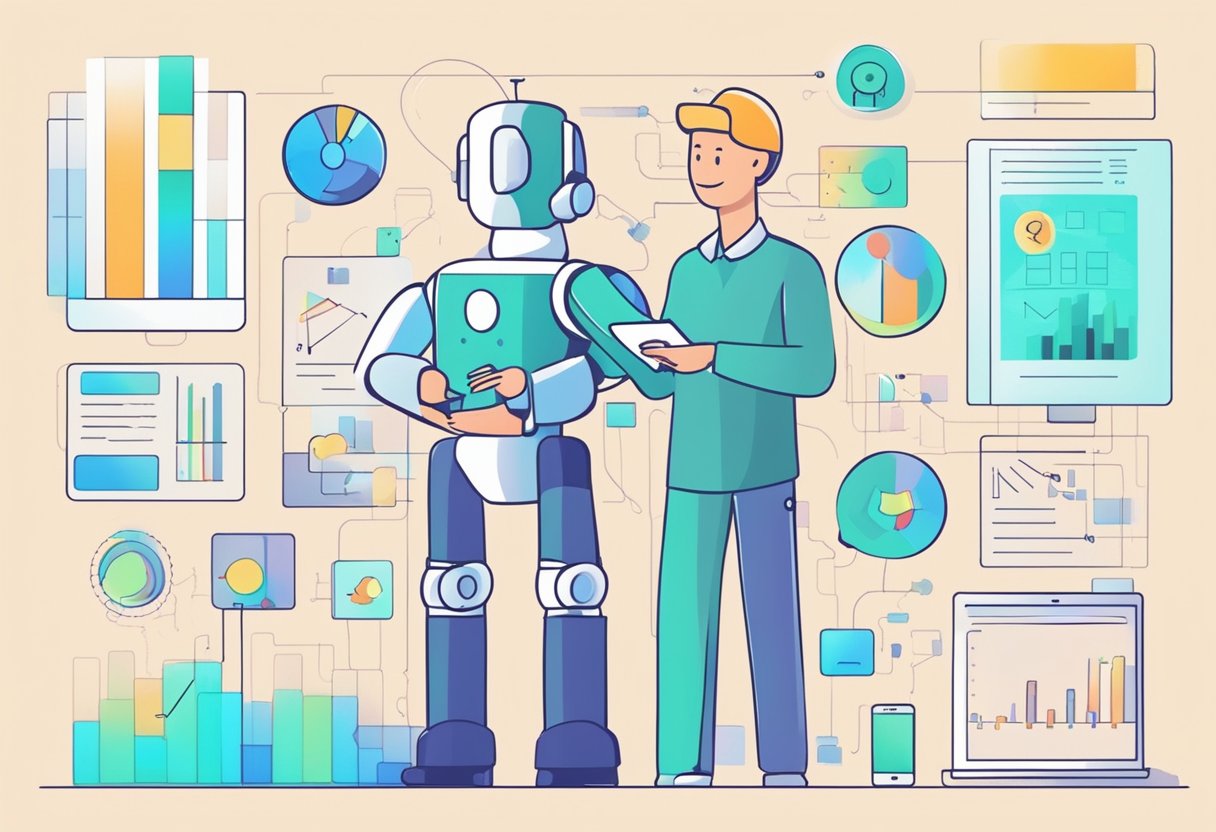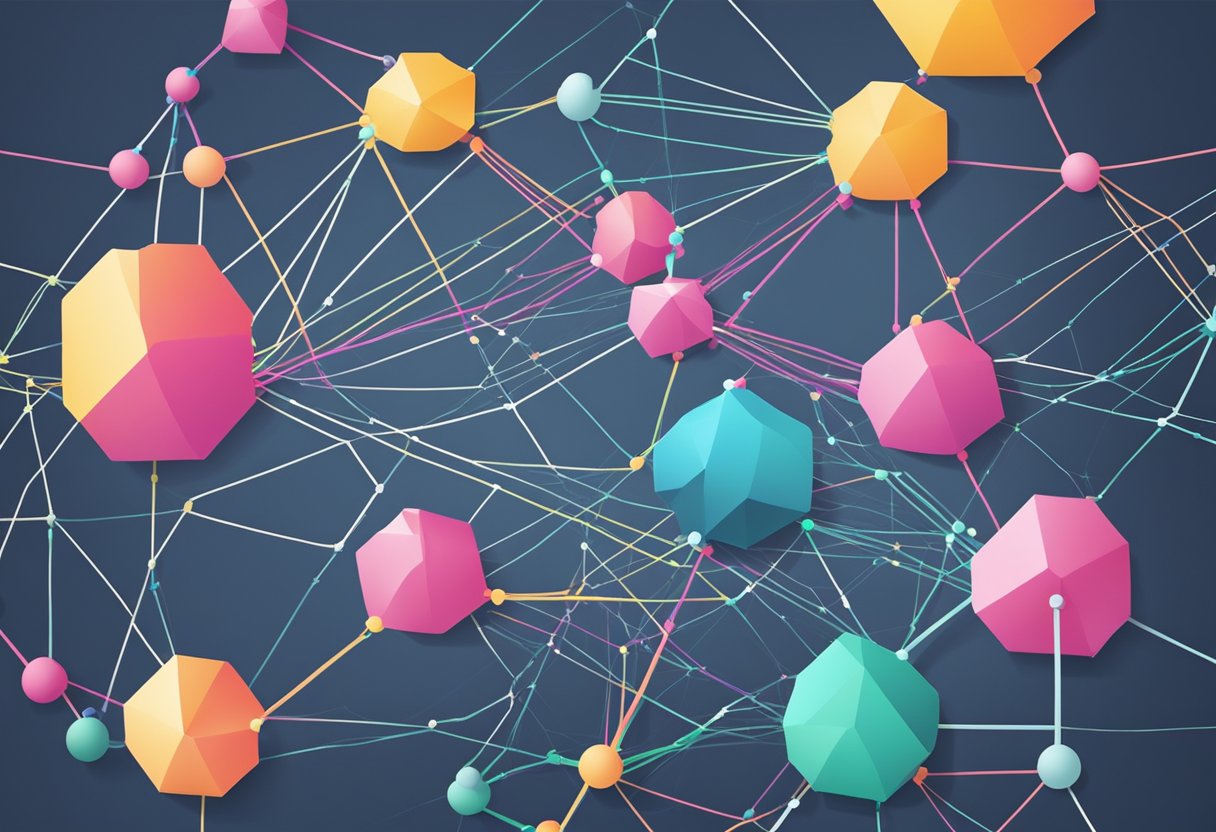Predictive customer behavior analysis is a field that has been revolutionized by the use of artificial intelligence (AI). AI has made it possible to gather and analyze large volumes of data to predict customer behavior accurately. This has enabled businesses to anticipate customer needs and preferences, personalize their offerings, and provide a better customer experience.
AI-powered predictive analytics models can identify patterns and trends in customer data that would be impossible for humans to detect. These models can predict future customer behavior, such as which products they are likely to buy, when they are likely to make a purchase, and how much they are likely to spend. This information can be used to optimize marketing campaigns, improve customer engagement, and increase revenue.
However, implementing AI for predictive customer behavior analysis is not without its challenges. Businesses need to have a clear understanding of the data they are collecting, the modeling techniques they are using, and the insights they are gaining. They also need to ensure that they are using the data ethically and transparently, and that they are protecting customer privacy. Despite these challenges, the benefits of AI for predictive customer behavior analysis are clear, and businesses that embrace this technology are likely to gain a competitive advantage.
Key Takeaways
- AI has revolutionized predictive customer behavior analysis by enabling businesses to gather and analyze large volumes of data to make accurate predictions about customer behavior.
- Predictive analytics models powered by AI can identify patterns and trends in customer data that would be impossible for humans to detect.
- While there are challenges to implementing AI for predictive customer behavior analysis, the benefits are clear, and businesses that embrace this technology are likely to gain a competitive advantage.
Understanding AI in Customer Behavior Analysis

Predictive customer behavior analysis is a crucial aspect of modern business strategy, and AI is playing an increasingly important role in this field. AI-powered tools and techniques are enabling businesses to gain insights into customer behavior that were previously impossible to obtain. In this section, we will explore the role of AI in customer behavior analysis and the various factors that businesses need to consider when implementing AI-powered solutions.
Role of AI and Machine Learning
AI and machine learning algorithms are at the heart of predictive customer behavior analysis. These algorithms are designed to identify patterns and trends in customer data, which can be used to predict future behavior. Machine learning algorithms can be trained on large datasets to identify these patterns automatically, without the need for human intervention. This enables businesses to gain insights into customer behavior that were previously impossible to obtain.
Data Sources and Quality
The quality of data used in customer behavior analysis is critical to the accuracy and effectiveness of AI-powered solutions. Businesses need to ensure that they are collecting high-quality data from a variety of sources, including customer interactions, social media, and other online channels. Data must be accurate, relevant, and up-to-date to ensure that AI algorithms can make accurate predictions.
Ethical Considerations and Privacy
As with any technology, there are ethical considerations and privacy concerns that businesses need to consider when implementing AI-powered solutions for customer behavior analysis. Businesses need to ensure that they are collecting and using customer data in an ethical and transparent manner. This means obtaining consent from customers before collecting their data and ensuring that data is stored securely and used only for its intended purpose.
Predictive Analytics and Modeling Techniques

Predictive analytics is a process of analyzing data and using it to make predictions about future events. It is an essential tool for businesses to make informed decisions about their customers and their behavior. Predictive modeling is a subset of predictive analytics that involves developing statistical models to predict future outcomes based on historical data.
Predictive Model Development
To develop a predictive model, businesses need to collect and analyze large amounts of data. This data can be anything from customer demographics to purchasing history. Once the data is collected, it is cleaned, transformed, and prepared for modeling. The next step is to select the appropriate model for the data. There are various types of predictive models, such as linear regression, decision trees, and neural networks. The model is then trained using historical data, and its accuracy is tested using a validation set.
Algorithms and Accuracy
The accuracy of a predictive model depends on the algorithms used. Algorithms are a set of rules or instructions that the model follows to make predictions. The accuracy of the model can be improved by using more complex algorithms, such as deep learning. However, more complex algorithms require more data and computational power.
Businesses must also be aware of overfitting, a common problem in predictive modeling. Overfitting occurs when the model is too complex and fits the training data too closely, resulting in poor performance on new data. Regularization techniques can be used to prevent overfitting and improve the accuracy of the model.
Natural Language Processing (NLP)
Natural Language Processing (NLP) is a subfield of artificial intelligence that deals with the interaction between computers and human language. NLP can be used in predictive analytics to analyze customer feedback, reviews, and social media posts. Sentiment analysis is a common NLP technique used to determine the overall sentiment of a piece of text. This information can be used to predict customer behavior and improve customer satisfaction.
Customer Insights and Personalization

Companies are increasingly using AI for predictive customer behavior analysis to gain customer insights and personalize their marketing strategies. By leveraging data collection and analysis, companies can better understand their customers’ preferences and tailor their products and services to meet their needs.
Personalized Marketing Strategies
One of the key benefits of predictive customer behavior analysis is the ability to create personalized marketing strategies. By analyzing customer data, companies can identify patterns and preferences, and use this information to create targeted marketing campaigns. This can include personalized recommendations, tailored promotions, and targeted advertising.
Product Recommendations and Customer Experience
Another area where AI can be used for predictive customer behavior analysis is in product recommendations and customer experience. By analyzing customer data, companies can identify which products are most popular and which customers are most likely to purchase them. This information can then be used to create personalized recommendations and improve the overall customer experience.
Segmentation and Customer Retention
AI can also be used for customer segmentation and retention. By analyzing customer data, companies can identify which customers are most likely to leave and take steps to retain them. This can include targeted promotions, personalized recommendations, and improved customer service.
Strategic Implementation and Challenges

Integrating AI into Marketing Campaigns
Integrating AI into marketing campaigns can be a strategic move that helps businesses improve their understanding of customer behavior and create more effective campaigns. AI can help identify patterns and trends in customer data, enabling businesses to target their marketing efforts more effectively. By analyzing customer data, AI can also help businesses identify the most effective channels for reaching their target audience.
One of the key challenges of integrating AI into marketing campaigns is ensuring that the technology is properly integrated with existing marketing tools and processes. This requires a deep understanding of the business’s marketing infrastructure and the ability to integrate AI into existing workflows.
Overcoming Data and Infrastructure Challenges
One of the biggest challenges of using AI for predictive customer behavior analysis is ensuring that the technology has access to high-quality data. This requires businesses to invest in data collection and management tools that can help ensure that data is accurate, complete, and up-to-date.
In addition to data challenges, businesses also need to ensure that their infrastructure is capable of supporting AI-powered analytics. This requires a robust IT infrastructure that can handle the processing and storage requirements of AI algorithms.
Measuring Performance and ROI
Measuring the performance of AI-powered marketing campaigns can be challenging, as it requires businesses to define clear performance metrics and track progress over time. This requires a deep understanding of the business’s marketing goals and the ability to measure the impact of AI on those goals.
Measuring ROI is also a key challenge, as it requires businesses to understand the costs associated with implementing AI and the potential benefits that can be realized through improved customer targeting and engagement. To measure ROI, businesses need to track key metrics such as customer acquisition costs, customer lifetime value, and conversion rates.
Future Trends and Industry Adaptations

Evolving Customer Expectations
As AI continues to evolve, so do customer expectations. Customers now expect businesses to anticipate their needs and provide personalized experiences. AI tools can help businesses achieve this by analyzing customer data and providing insights on their behavior. This allows businesses to understand their customers better and tailor their products and services to meet their needs.
AI Tools and Technologies
AI tools and technologies are becoming more sophisticated, making it easier for businesses to analyze customer behavior and predict future trends. Machine learning algorithms, natural language processing, and predictive analytics are just a few examples of AI technologies that can help businesses anticipate customer behavior and market trends. These tools can help businesses identify patterns and trends in customer behavior, allowing them to make data-driven decisions.
Anticipating Market Shifts
AI tools can also help businesses anticipate market shifts and changes in consumer behavior.
By analyzing customer data and market trends, businesses can identify potential opportunities and threats.
This allows them to adapt quickly to changes in the market and stay ahead of the competition.
AI tools can also help businesses identify new markets and customer segments.
This allows them to expand their reach and grow their business.



